Rivers are considered the "lifeblood" of the Earth, an important source of food, fresh water, silt, energy...
An estimated one-third of global food production and 40% of fish consumption depend on rivers. Rivers also provide livelihoods for tens of millions of people. However, under the impact of climate change, pollution and over-exploitation, rivers are gradually drying up, with narrowing flows and drastically deteriorating water quality. Many rivers are turning into "dead rivers".
According to the United Nations Environment Programme (UNEP), about a third of all rivers in Latin America, Africa and Asia are severely affected by pollution, while high and moderate salinity affects about 10% of all rivers, making these waters practically unusable for drinking or irrigation for agriculture . Many large rivers such as the Colorado River in the western United States, the Yellow River in China and the Nile in Africa are experiencing significant reductions in flow. Research by international scientists from McGill University (Canada) and the World Wildlife Fund (WWF) shows that only 37% of the world's rivers longer than 1,000 km are still free-flowing and 23% flow continuously to the sea, without interruption.
 |
The decline and pollution of river water resources are caused by many factors, besides natural factors such as climate change and extreme weather, we must mention human activities, from urbanization, population explosion, chemicals, water and domestic and medical waste dumped into rivers, to the consequences of unsustainable industrial development and agricultural production, a series of underwater development projects built massively, without planning, not only significantly changing the natural flow of rivers but also destroying the "lifeblood" network of the Earth.
In 2021, the event of the Moulouya River, a river more than 500 km long in Morocco, for the first time, not flowing into the sea, due to the exhausted flow after many years of drought and overexploitation by humans, was a warning bell. When the Moulouya River water level dropped to a low level, salt water gradually invaded the groundwater around the riverbed and penetrated 15 km inland, causing the river to be separated from the Mediterranean Sea by a sandbar. Illegal and indiscriminate sand mining has destroyed many rivers in Asia, from the Ganges to the Mekong. In Vietnam, according to statistics, in the past 20 years, the water level of the Red River has dropped by an average of 15 cm per year, partly due to the increasingly deep riverbed due to the "waterspouts" of illegal sand mining taking place in some localities. When the main stream, the mother river, dries up, the tributaries also stop flowing.
With the theme “Water for All”, this year’s International Day of Action for Rivers (March 14) aims to highlight the importance of maintaining access to water in all aspects of life by addressing water rights, ensuring access to clean water, restoring rivers and fish stocks. This is also a message calling on the world to take urgent action to protect the lifeblood of the Earth.
In March 2023, at the United Nations Water Conference in New York, USA, a coalition of governments announced the Freshwater Challenge - the largest-ever initiative to restore rivers, lakes, and wetlands, which play a key role in solving the world's water and nature crises. The initiative's goal is to restore 300,000km of rivers by 2030 - a length equivalent to more than 7 times around the Earth. The initiative, proposed by Colombia, the Democratic Republic of Congo, Ecuador, Gabon, Mexico, and Zambia, has so far attracted 38 participating countries....
Projects to revive dead rivers have been and are being implemented all over the world. The Pasig River in the Philippines, the Riachuelo River flowing around the southern edge of Buenos Aires (Argentina) or the Huangpu River (China) were once polluted or silted up during the urbanization process. When cleared, they brought new life, prosperity and prosperity to an entire land. In 2023, Vietnam passed the Law on Water Resources (amended), identifying priority for the restoration of "dead rivers" to restore degraded, depleted and polluted water sources, create flows, improve ecological landscapes and environments, along with programs, plans and projects to "revive rivers".
In 2017, New Zealand became the first country to grant “legal personality” status to the Whanganui River, considering the river as a living entity with full basic human rights. From there, the concept of “river rights” was born, with the message of preserving and protecting “river rights” also contributing to ensuring the right to life and the right to development of humans. International Day of Action for Rivers emphasizes the goal of managing, accessing and sustainably using rivers, so that all rivers flow, ensuring water resources for the development and prosperity of the planet.
According to Tin Tuc Newspaper
Source














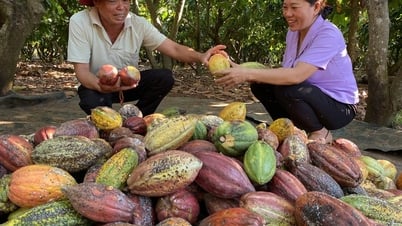





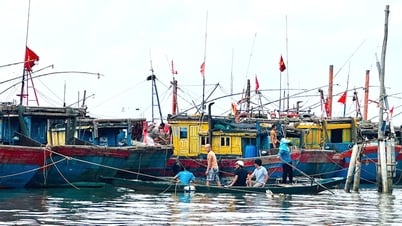

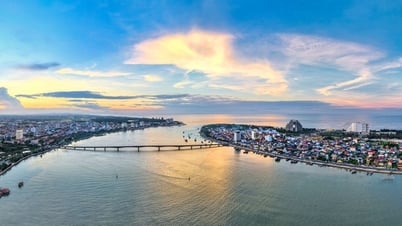








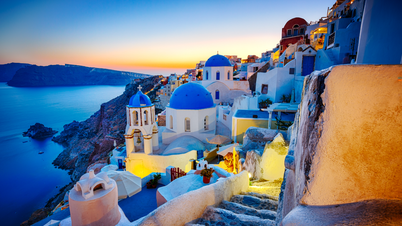
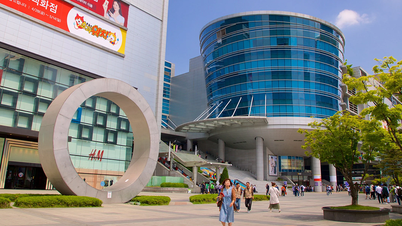
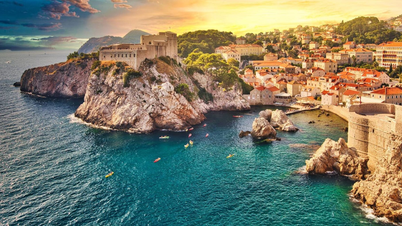






















































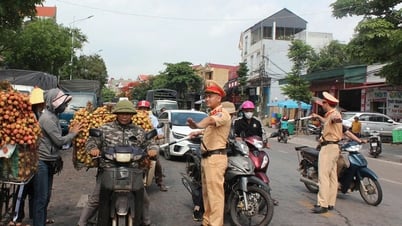



















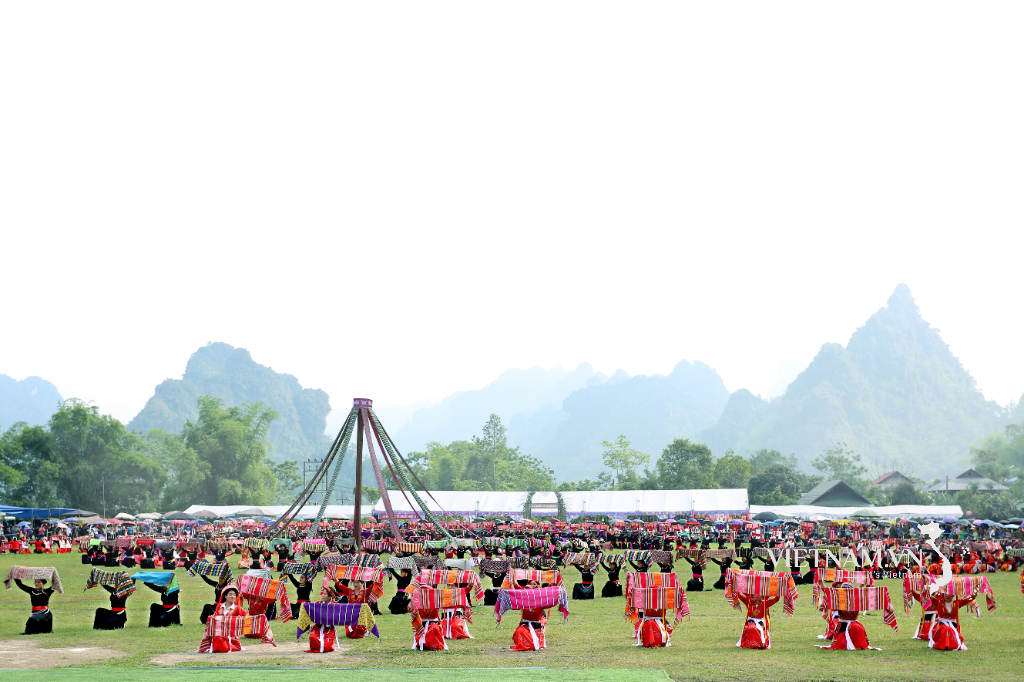

Comment (0)